Assisted hatching ivf pros and cons
Assisted hatching procedure is a technical method for increasing the success rate of IVF and helping people to live their dreams. This procedure has a lot of advantages. Many women with the difficulty of being pregnant can have a baby this way, which is the best advantage of this method.
It is an opportunity to implant Hatched embryos one day earlier than those left to hatch on their own. So assisted hatching IVF raises the success rate for pregnancy by a better chance of implantation.
Although the disadvantages are not as prevalent as the advantages, they do exist.
Embryo damage: One of the potential drawbacks is that this procedure can damage the embryo. Before, during, and after transferring the embryo, there is a chance of damage. So, there wouldn’t be any pregnancy.
Cost: the cost of this process can be very high. All the people are not able to do that. Fortunately doing hatching IVF in Iran and in TebMedTourism clinics is less than everywhere else.
Risk of twin birth: Last but not least is that it can increase the rate of identical twins’ birth, which is not pleasant for many parents. Identical twins stem from one egg and sperm. Not only can IVF increase the twin’s rate but assisted hatching can increase it further. The problem is that the risk of complications rises for the mother and babies when the mother is pregnant with twins. However, the risk of twin birth is low, it's not more than 1% of the time. The assisted hatching doesn’t increase the risk of congenital disabilities. So, it is safe, and there is nothing to worry about.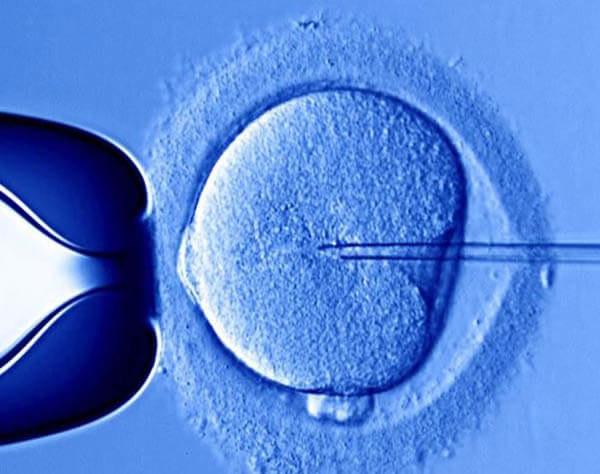
Assisted hatching IVF success rates
Assisted hatching IVF is done to increase the pregnancy rate in women who have trouble with IVF. This means they had done IVF before but were not successful. In case the woman’s embryos are considered poor for fertilization, it is required that assisted hatching be done to improve the chance of pregnancy within an IVF cycle. Keep in mind that this procedure is not as easy as it might seem, so the difficulty is part of the process. So, the embryologist’s skills and experience are essential to the success rate. Be informed about the experts in this way before choosing this method.
A lack of research related to assisted hatching can be seen. Although the number of research in this regard is low, the results are inspiring. Thanks to new studies we found out that assisted hatching IVF increases the chance of implantation for transferred embryos. In some studies, the pregnancy rate in assisted hatching IVF has been shown to be higher than the pregnancy rate for IVF without hatching.
Fortunately, there is an improvement in the pregnancy rate with assisted hatching in Iran and especially in TebMedTourism clinics. Of course, this benefit can't be seen in all IVF programs.
Remember that this process can also harm the embryo if the best expert doesn’t perform it. So be sure that properly trained embryologists are doing the complicated process.
So many factors can affect the success rate in clinics. Pregnancy and live birth rates can be very different in every clinic. Factors like the embryo transfer skills of the physician, the overall quality of the laboratory and the hatching technique used can be effective in this method.
Are there any risks associated with assisted hatching?
The risks might be different due to the different approaches regarding this treatment. There are some methods, and each one can cause different risks. One of the compliments of this method is the possibility of damaging individual embryonic cells while weakening the wall.
Another risk associated with assisted hatching IVF is the high possibility of pregnancy with monozygotic twins. There is a chance that the zona pellucida has been thinned too much.
Owing to the fact that the outer shell is a protective for embryo, during the early stages of development against the foreign attacker, by assisted hatching, there is a slight chance of some risk related to the embryo. These include:
Harmful chemicals and microorganisms might find a way to attack the developing embryo.
The laser hatching process can increase some risks during the process. It can damage the cell because localized heat is applied to facilitate the opening in the zona pellucida.
There is also a tiny chance of entrapping the embryo during the procedure, causing monozygotic twins.
Assisted hatching IVF cost
Although assisted hatching IVF is not recommended for everyone, it is an effective way for many patients. The cost might vary from one clinic to another, and there is no stable expense. Every clinic uses some methods, and the price might be different. In some clinics, the cost of assisted hatching IVF is included in the IVF cost, and you shouldn’t be worried about the cost. It’s better to talk to your doctor and be aware of the process you are going through. It helps you to be informed about the cost and other expenses. Finding clinics with lower cost and higher quality would be perfect help. The tebmedtourism clinics can help you in this way.
Assisted hatching IVF twins
It is evident that IVF may increase the number of multiple births, but when it comes to assisted hatching, this number will increase to a great extent. Based on studies, there is a positive correlation between assisted hatching IVF and monozygotic twins. Expert strongly advises that women not interested in having twins should avoid this procedure, although it improves the IVF success rate.
Having twins can be a source of problems for many parents. Many people are not passionate about dealing with two kids at home. Not only economically but also culturally, people can’t stand this situation. Parents should weigh the risk and rewards of all the fertility treatments and then decide. Our colleagues are here to help you to decide which method suits your desire. Don’t hesitate to ask your questions and be informed about all the available treatments.
Patients with the correct information about the process can make the best decisions. It’s our responsibility in Tebmedtourism to help and empower them.
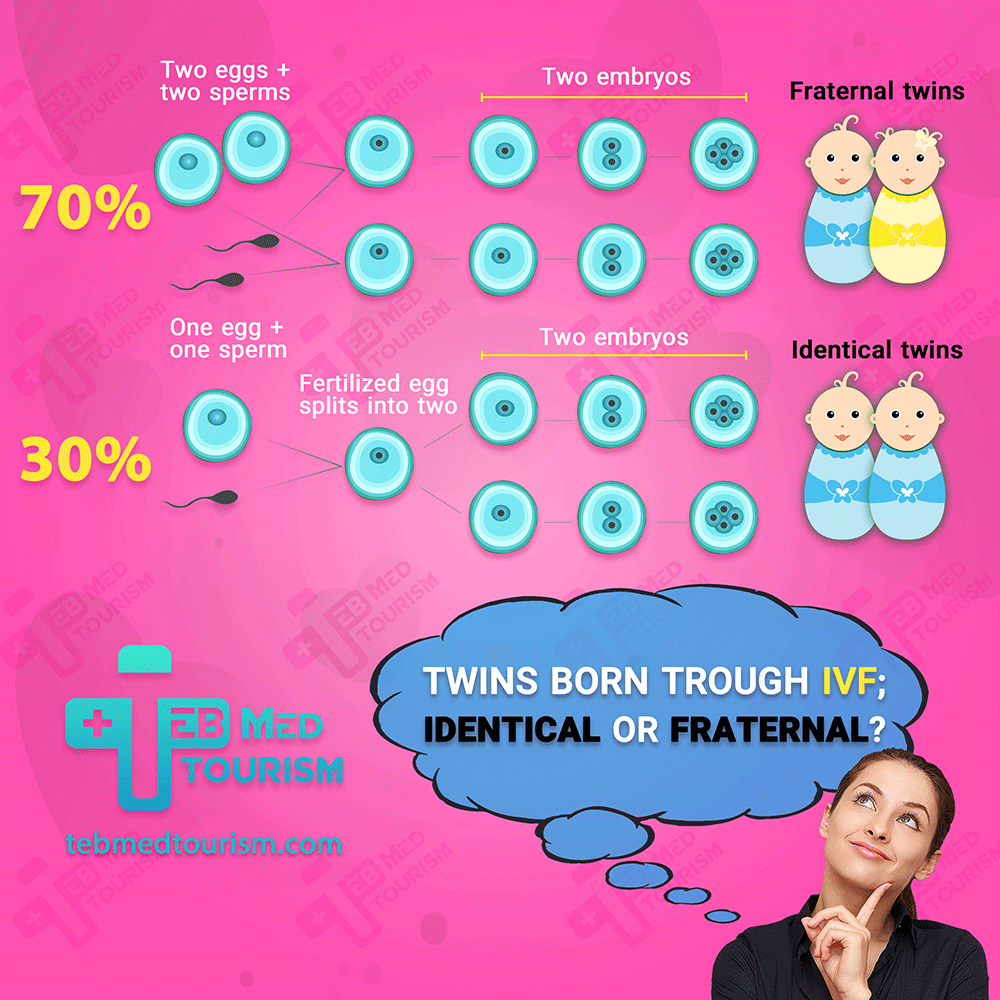
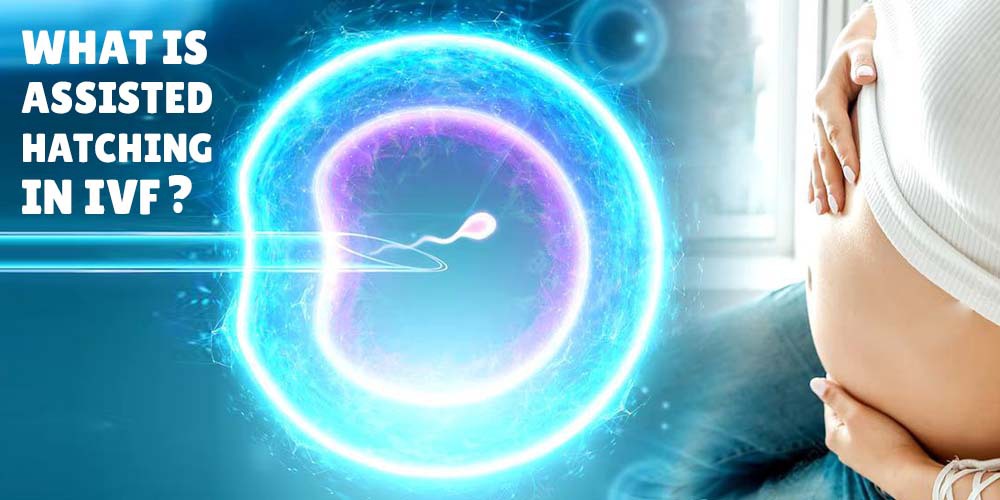

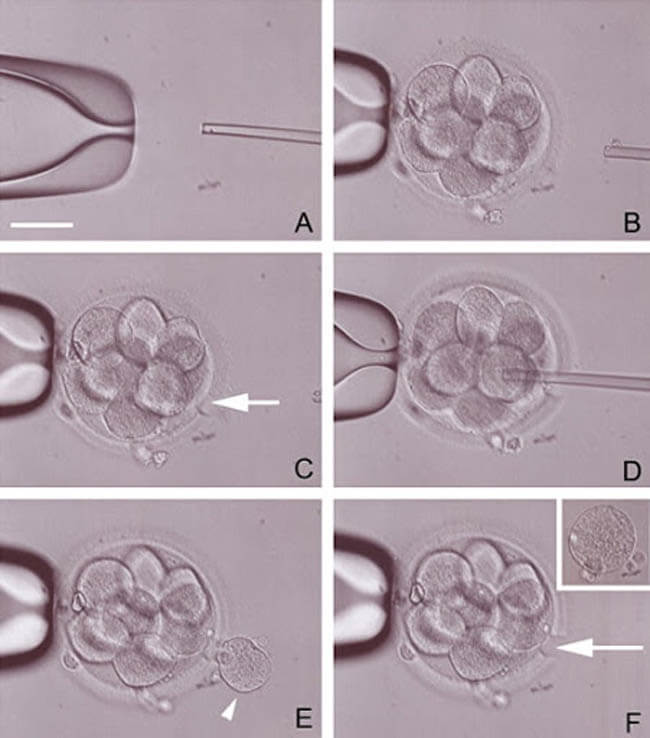
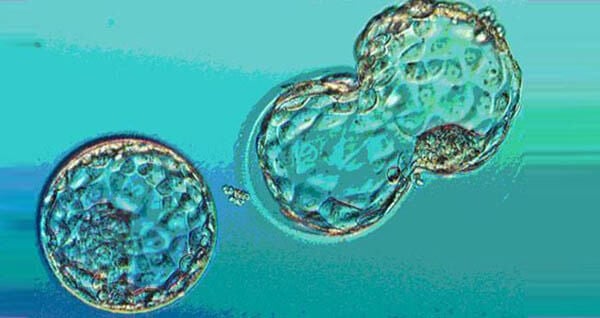
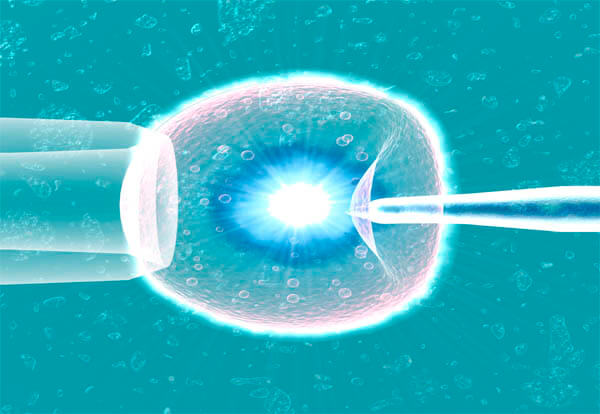
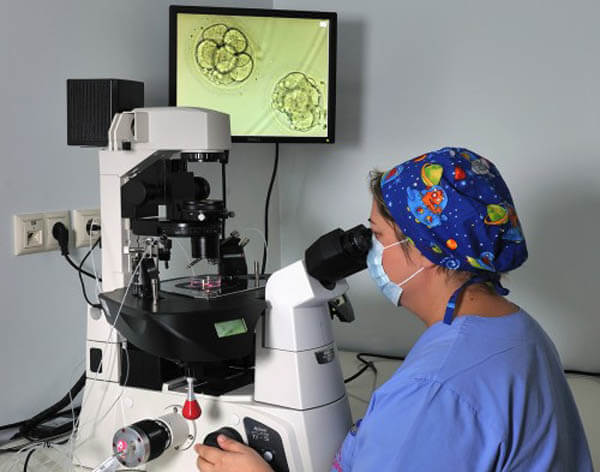



Comments & Questions